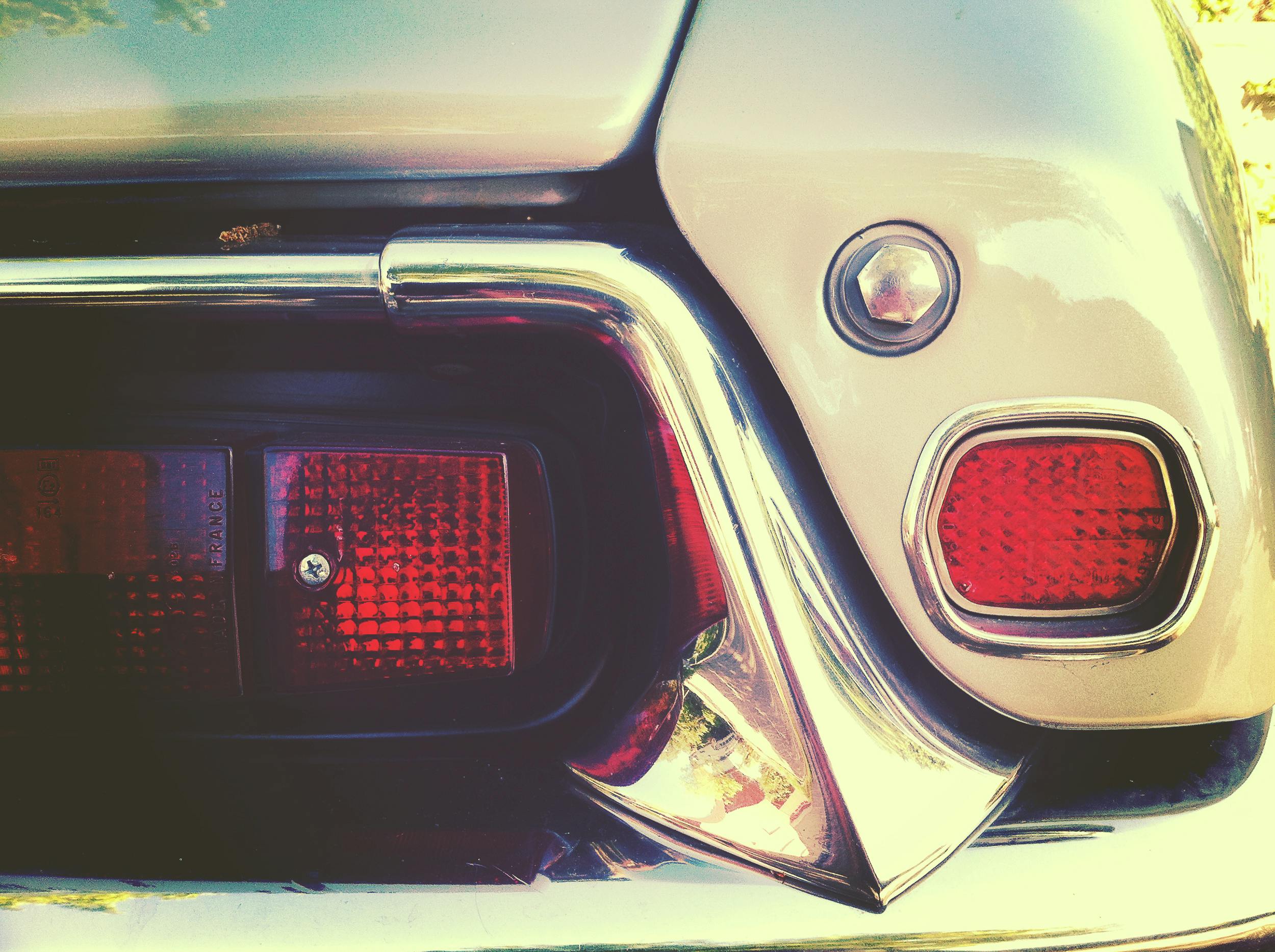Understanding Liability in Vehicle Collisions on Private Property: A Case Study
When Two Unattended Vehicles Collide in Your Driveway
In residential settings, vehicle accidents can sometimes occur unexpectedly, even when no one is actively driving. A recent situation highlights the complexities of liability and insurance coverage when two parked vehicles collide in a private driveway.
The Incident Overview
The scenario involved a 2017 Ford Expedition parked on a driveway in Wayne County, Michigan. The vehicle belonged to the homeowner and was fully paid off, with comprehensive coverage including Broadened Collision insurance, featuring a $1,000 deductible. Meanwhile, a family member’s 1974 Ford F100 truck, which is registered, insured, and considered a project vehicle, was also parked nearby.
According to witnesses and security footage, the truck’s young owner exited the vehicle, which was on an incline. As he stepped out, the truck involuntarily rolled backward—out of gear—and struck the rear corner of the homeowner’s Expedition, causing notable damage to the bumper, headlight, and possibly other components like aftermarket wheels, tires, and suspension parts.
Liability and Insurance Considerations
A key question arises: Who bears responsibility when a parked vehicle unintentionally causes damage to another? Specifically, does exiting a vehicle that then rolls away constitute negligence? Given that the driver was out of the vehicle at the time of impact, many wonder if the incident qualifies as the driver’s fault or if it falls under homeowner’s coverage—such as if the vehicles are considered part of the property.
Typically, liability hinges on whether the vehicle was properly secured and if reasonable precautions were taken to prevent movement. Because the truck was in neutral and the door was closed, some might argue the incident was a sudden act of nature or an unforeseen mechanical slip, rather than negligence.
Insurance pathways include:
-
Auto Insurance: Since the truck is insured and registered, the vehicle’s own policy might cover damages if deemed the primary cause of the incident.
-
Homeowners Insurance: In many cases, damage caused by vehicles on private property can be filed under homeowner’s coverage, though coverage limits and deductibles vary.
-
Liability and Fault Assessment: The fact that the driver exited the vehicle might establish some negligence, especially if the vehicle was not secured properly. However, mechanical failures can complicate liability.
Financial Implications
Considering the repair costs—estimated between $12,000 and $14,000—the homeowner faces significant expenses. Although insured



